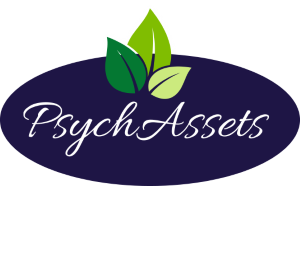The Self-Study Model: Part 1
As we begin a New Year, we’d like to address what we consider – in both our clinical and organizational consulting work – the foundation for everything: The Self-Study Model. Over 30 years of working with organizations and leaders and people in general in a range of industries, we began to recognize that the primary issues that people tend to come to us with seeking help has to do with themselves. They may not realize it at the time (as they perhaps initially seek to talk about other people or relationships) but invariably this is true. Ultimately, it all comes down to what is going on inside an individual and examining that first and foremost.
There are five core practices in this Self-Study Model of intervention. The first three follow:
(1) Developing an Observing Eye
This literally refers to how we see things but also becoming more “mindful” in embracing what is going on in the moment. Our lives and our minds are in constant motion. What do we do? Where are we going? Who do we need to talk to next? The quicker the pace, the harder it is to stay in the moment. As such, it is important that we give ourselves permission to slow down, step back, look around, look inside and feel our feelings. There are just so many distractions out there day-to- day that we must practice being in the present, looking inward and examining how that may be affecting how we are looking outward; and, in turn, affecting how we interact with others and think about ourselves.
Living in the moment also means stopping to smell the roses, feel the sand between your toes and really listening to those you are having dinner with or driving in a car. Tune out the outside noise – and really observe.
(2) Deepening our Self-Reflection
Once we allow ourselves to live in the moment – and practice it – we can then more easily welcome and embrace the notion of wanting to learn more about ourselves. To sit and stay with what is going on inside our minds and what’s going on with our life. We all must nurture ourselves before we can effectively do so for others and the relationship we are in with them. This does not have to be a “magical place” within yourself. It really is about, for example, sitting at the dinner table and listening to the conversation that’s going on and acknowledging yourself in that moment. It’s not an out of body experience but, rather, one that is in-body. Over time, this allows us to become more self-aware.
The ability to self-reflect is so helpful when we are trying to handle our own anxiety and stress. Having insight into yourself helps to put things into proper perspective and foster productive self talk in the moment.
(3) Exposing Ourselves to Life, People
As we become better at observing ourselves and gain a better sense of self-awareness, something even more remarkable begins to happen: We become more self accepting. No matter if we are good, bad or ugly, we recognize we are continually working on ourselves. At the same time, we are giving others the permission to have the same opportunity to get to know themselves. We become more accepting of other lifestyles, different worlds, diverse people. That helps us connect and opens the door to empathy and understanding.
You can listen the podcast version of this blog at: https://wearehumanfirst.simplecast.com/episodes/the-self-study-model-part-1
Next: We will take a look at two additional Self-Study Model core practices.


